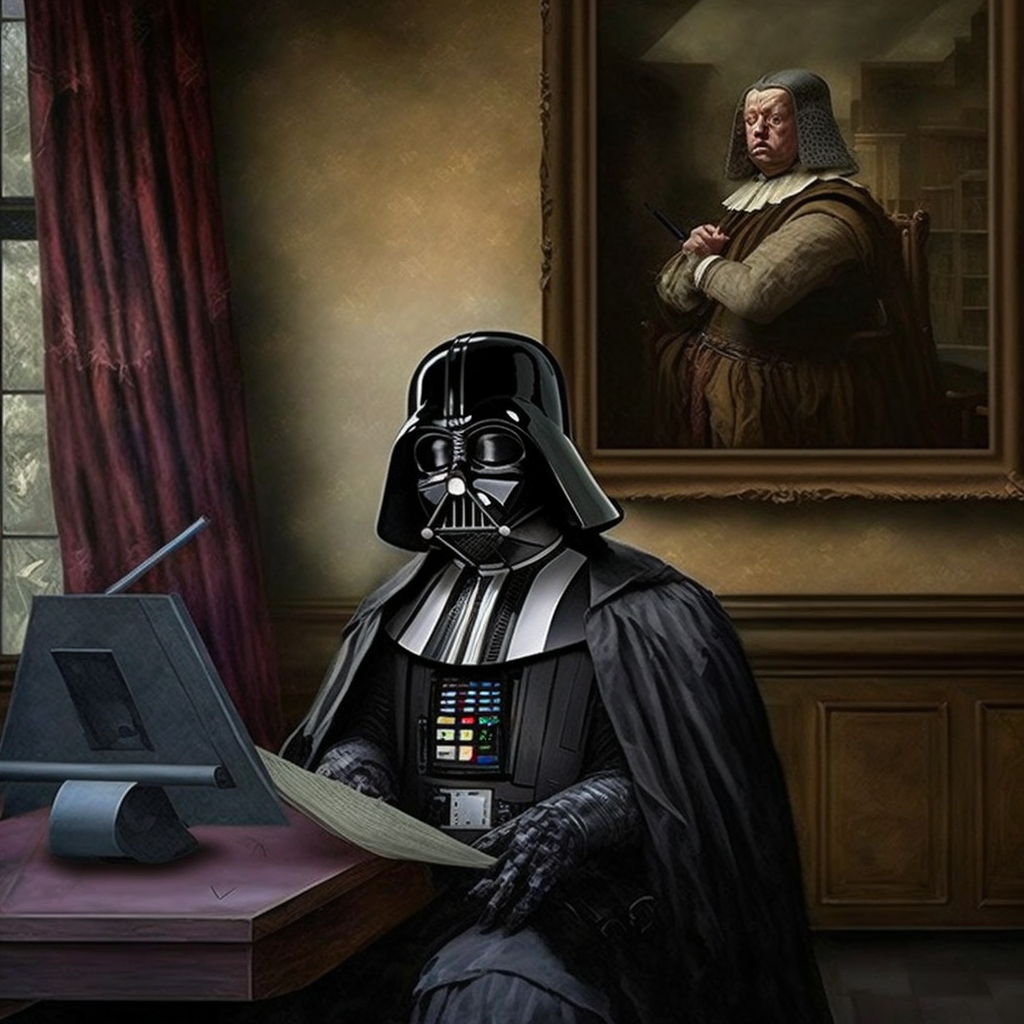 amphibian, on 17 December 2022 - 06:15 PM, said:
amphibian, on 17 December 2022 - 06:15 PM, said:
The training of the AIs requires the usage of the works of real artists alive today - almost all of whom didn't agree to be used and/or aren't getting paid. (They aren't really using commons arts or long long dead artists with no copyright)
So while the hype trains are something I am ignoring, the base levels of these aren't being built in ways that are ethical. Starting these off by stealing is pretty bad and the artists who find out their work is being stolen are pretty hurt by the whole process.
So I am avoiding their use and I think at the very best, the AI arts are a sort of "use to give real artists rough concepts to build from" rather than something capable of final product themselves. AI is a mirage mostly.
Learning is not stealing. Neither is imitating an artist's general style (which is not copyrightable). If it were, all the artists I've seen complaining about this would probably be guilty.
The training set does effectively include all public domain works of art, though they do make up a small percentage of it. The AI can produce paintings in historical styles (provided it's been given enough examples). For example, Darth Vader by Vermeer:

Here's a very good one in the style of Rembrandt:
Fat man in the style of Rembrandt | Midjourney AI | John Phantasm | Flickr
Also, the images were all not only publicly available on the internet (the database only stored links, and the neural networks learned directy from the hosts); they were all on sites which explicitly permitted web scraping with their robots.txt file. (Of course many artists didn't know what they were doing when they uploaded images, and many undoubtedly had images uploaded without their consent. But again, learning is not stealing. Artists generally don't seek 'consent' before learning from what they see---or imitating it over and over (which is much of traditional art school---and traditional figurative art, and much of conventional commercial art).)
'The Diffusion Model used by these apps turns random noise into the unique images that it generates. The training set data doesn't even enter directly into the generation process. That would be absurdly resource intensive. By the time it's ready to generate anything, it has already been trained. Certain biases are encoded thereby, and then they are activated, iterated and mixed in virtually limitless ways when reacting to the prompt. When trained on sets consisting of billions of images to build these biases, it learns that certain types of images have signatures, and so it will then itself generate a nonsense likeness of a signature when it seems appropriate to the prompt. It's kind of a "monkey see, monkey do" scenario. The adage about infinite monkeys typing also somewhat applies, although they are of course not truly infinite.
[...] In regard to uncurated training sets themselves, this issue is likely to be short-lived, as while small VC funded operations, open source projects, or research labs like MidJourney may not have the resources to curate enormous training datasets as well as we might like, we can expect Adobe or other larger corporations will, and will want to avoid uncurated sets at all costs. Their reasons likely have little to do with the rights of artists.
[...] If the internet itself is any indication, the ills of the uncurated, unmoderated, anything goes early days, bad as they can be, tend to pale in comparison to the mass-market rollout that follows.
Looking ahead to the coming years, I worry as much about the untested risks of, as one example, litigating ownership of something so vague as a "style", as I do about the bulk use of images to train visualization apps. Having lived through the copyright/Napster wars and the DMCA, my concern is that the brute force of the law will struggle to do anything other than create a chilling effect, and larger corporations may very well leverage well-intentioned if misguided public dissent towards codifying the laws in their interest. This may be a Pandora's Box we later regret opening.
As an artist I find my use of MidJourney for comping roughs to be about as morally conflicted as my use of a Cintiq (ordered off Amazon no less), or Photoshop, or most of the other things we do in our daily lives.'
Arts and AI: Being Authentic to Intent
This post has been edited by Azath Vitr (D'ivers: 17 December 2022 - 07:43 PM
 Azath Vitr (D, on 13 December 2022 - 08:27 PM, said:
Azath Vitr (D, on 13 December 2022 - 08:27 PM, said:
 Azath Vitr (D, on 13 December 2022 - 08:27 PM, said:
Azath Vitr (D, on 13 December 2022 - 08:27 PM, said:


 Macros, on 15 December 2022 - 11:13 AM, said:
Macros, on 15 December 2022 - 11:13 AM, said:



 Macros, on 15 December 2022 - 11:13 AM, said:
Macros, on 15 December 2022 - 11:13 AM, said:



 Macros, on 15 December 2022 - 11:13 AM, said:
Macros, on 15 December 2022 - 11:13 AM, said:



 Tiste Simeon, on 16 December 2022 - 09:55 PM, said:
Tiste Simeon, on 16 December 2022 - 09:55 PM, said:


 amphibian, on 17 December 2022 - 06:15 PM, said:
amphibian, on 17 December 2022 - 06:15 PM, said:
